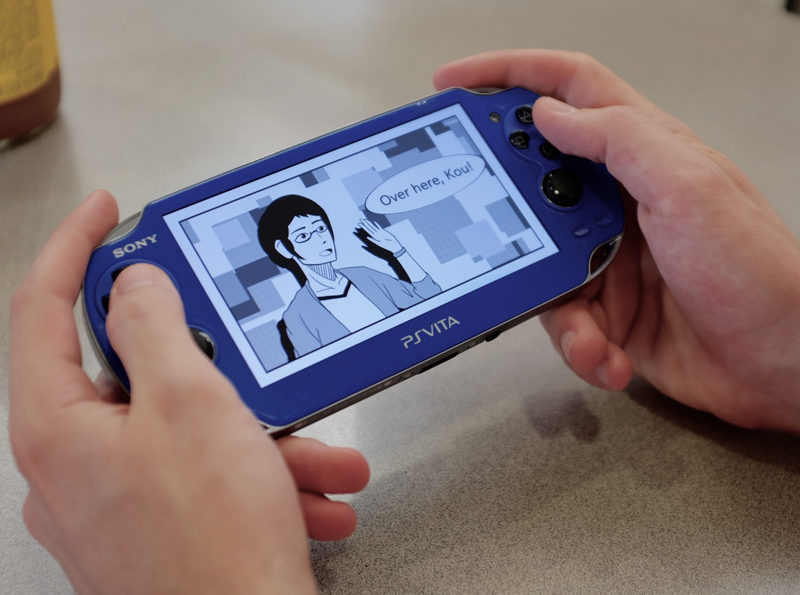Focusing on Story and Experience
Tyler Porten began this project by first writing a manuscript that would form the basis of Otaku. He envisioned the project to be a choose-your-own-adventure type of interactive story, in which you read a portion of the story until you were prompted to make a decision for what the protagonist, Kou Shujin, should do. Depending on the decision you make, the story changes, resulting in a different path and different content. He prototyped the script using a tool called Twine in which you can interact with the story in a web browser. However, the experience did not achieve the desired level of interaction. He then turned to Unity, a flexible game engine that seemed better suited for what I hoped to accomplish.




